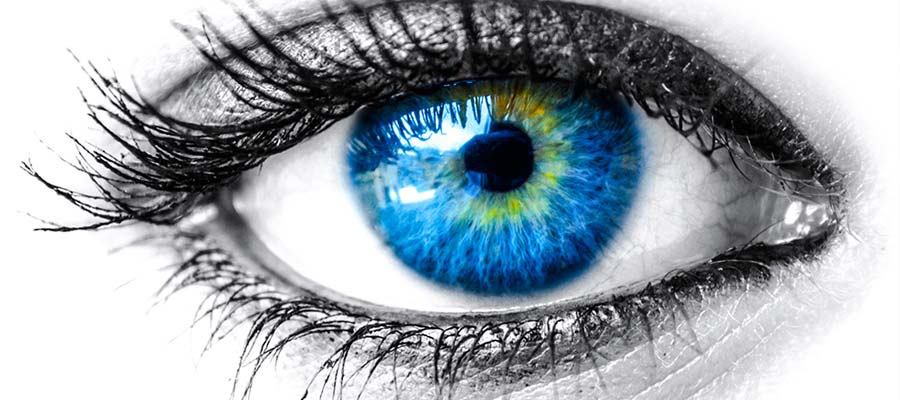Board Certified Optometrist Serving Medley Florida
Are you searching for a board certified eye doctor in or near Medley, FL? Dr. Maria Briceno Martin at Lakes Eye Care Center would like to show you what it means to have an eye doctor that cares work for you
Are you looking for an affordable optometrist near Medley, FL? If you are! Then, is it more than likely that you will do what many of local residents in Medley do! They go to the internet in search of the best optometrist in Medley. With that said it is crucial to highlight that many studies show that people looking for Find An Eye Doctor Optometrist often end up with lesser quality service than those whose seek out for referrals from family. This is because today a good number of Medley eye doctor depend Reputation Management agencies to provide them with artificial reviews. One thing you cannot fake is experience and that is what Dr. Maria Briceno Martin at Lakes Eye Care Center bring to the table. Professional in both Miami-Dade and Broward travel to Miami Lakes to see her because they expect getting nothing but the best a optometrist in Medley, Florida can offer! And if you haven’t see your eye doctor as of late perhaps it is time you do so.
When Should You Have An Eye Exam
In order to keep your eyes as healthy as is possible, you will need to spend time and money in regular eye tests. Below, we will be going over some info that you should consider when having and eye test; who you should see, and when it must be done. Following are some things to deliberate.
- Personal Health History – One of the most important matters that you will want to consider when you are deciding if you should get an eye exam and what type of eye test, will be your family members history. You should add in your personal health history when you are trying to figure out whether or not to get one because lots of eye diseases and conditions can be passed from genetation to generation. If your family has a record of eye diseases, you happen to be at increased risk too.
- Problems Seeing – In case you are having trouble seeing, at day or night, you need to get an eye test done. In doing so, you will be able to figure out what has caused your eyesight to become blurry. This really is something that you should be taking very seriously because it could get worst if left unattended.
- Your Age – The older you happen to be, the greater the chances you will have some form of eye issues that should be resolved.While more and more children are finding their eyesight deteriorating whether because of the over use of technology devices or another reason, you are definitely going to need to go to the eye doctor much more often as you get older. People who are between 18 and 60 needs to have no less than one eye text every 2 years. But, people who are 61 and older ought to have a yearly eye test.
- Prior Eye Injuries – One more huge point that you must take into account with regards to figuring out whether or not it is worth having an exam is whether or not you have a background of eye injuries which could make you vunerable to eye degeneration.
Who Must You Seek Help From?
You can find kinds of eye care experts that you could select from. Following, we shall be laying out suggestions to figuring out the person you should see.
- Optometrists – This eye doctor is normally who you need to go to if you have rather healthy vision and you just need simple corrections and modifications such as glasses, contact lenses, and more. This type of eye doctor will be able to detecting eye diseases as well, but they will not likely be skilled or licensed to conduct surgery.
- Ophthalmologists – These are typically medical doctors specializing in specific eye care who are licensed and educated to perform eye surgery of a certain nature. They may also be better suited to treat various eye diseases and conditions.
- Opticians – They are not actually medical doctors. They may be eye care experts who were taught to fitting glasses.
Overall, there is lots that you need to be considering when you are wanting to get your eyes checked out. Ideally, you want to get them checked out routinely and periodically. If you are someone who has a specific condition or you are at higher risk for a specific worstening eye condition, you must increase your visits and be much more frequent. At the end of the day we only have one vision and it is crucial that we take care of it… For additional info about the role of an optometrist stop by at our blog where we discuss thing like Optical Eyeglasses. And if you haven’t visited your Medley optometrist lately give us a call. We’ll like to show you why people who seek the best optometrist in Medley do not settle for less!


